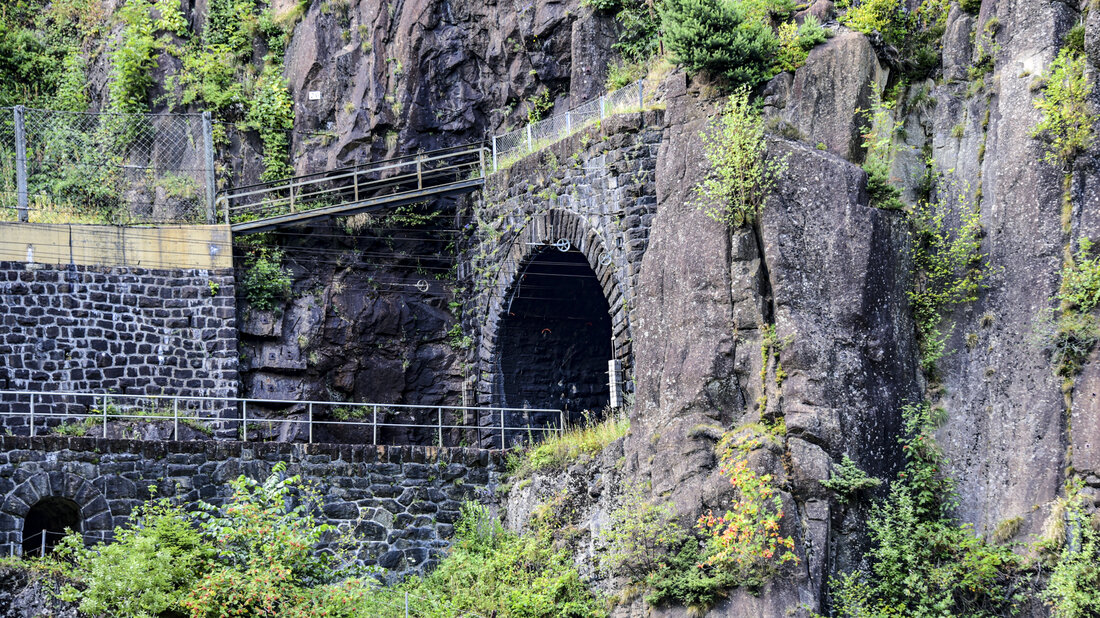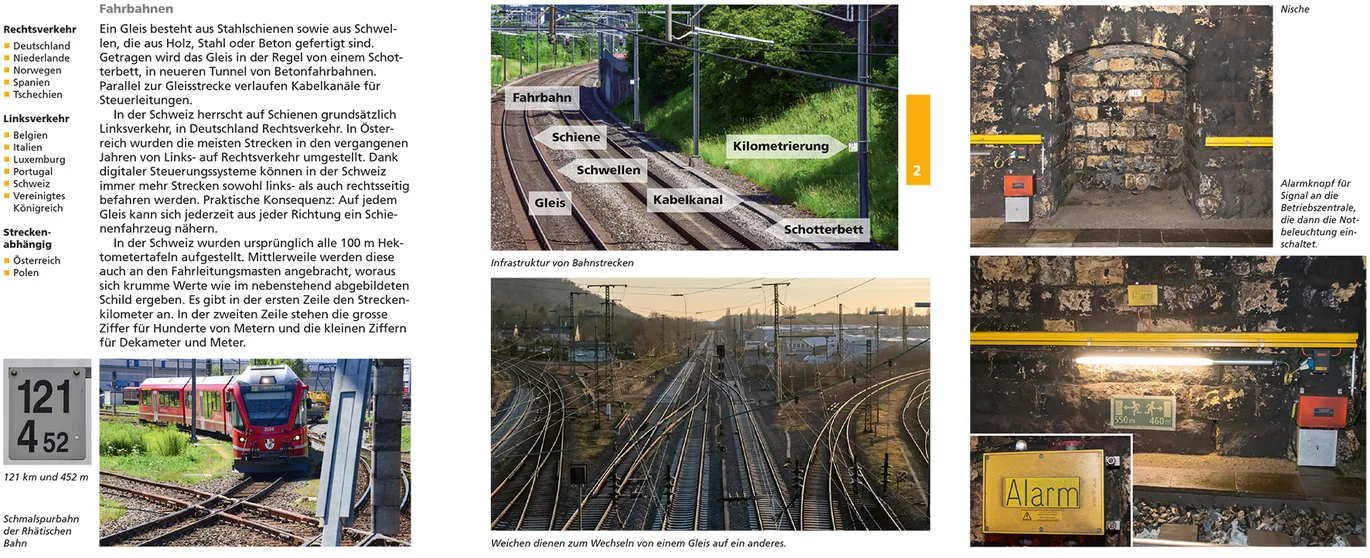In 2014, the International Fire Academy launched its textbook series "Interventions in Underground Transport Systems" with the title “Firefighting Operations in Road Tunnels". The second volume is currently being written. “Firefighting Operations in Railway Tunnels" is due in March 2020.
If you compare the two publications – “Firefighting operations in Road Tunnels" and “Firefighting Operations in Railway Tunnels" – what are the main differences?
Christian Brauner: We have essentially maintained the structure of the book. In addition to the topic of tunnel design, we also address the most important aspects of rail operations. So it not only shows what tracks, switches, etc. are and what dangers they pose, but we also explain the specific features of railway operations that are relevant to the fire services and, for example, present the most important types of rail vehicles.
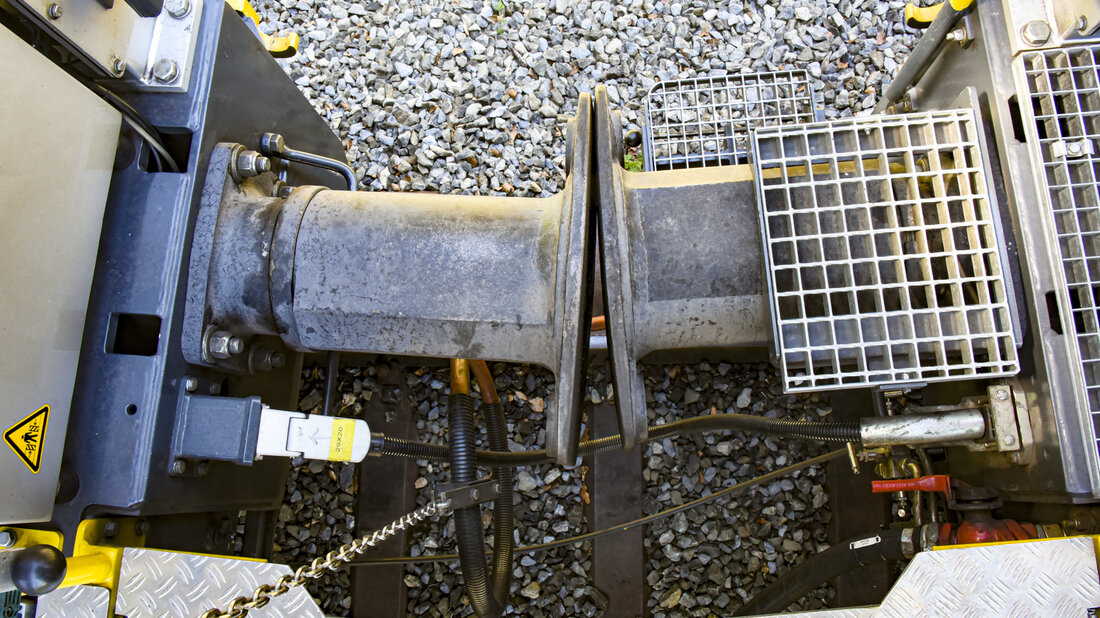
How could the information relevant for fire services about the railway operation be obtained for the book?
Christian Brauner: We have integrated railway know-how into the development process by working very closely with representatives of the Swiss railway companies and the Swiss supervisory authority for railways in the didactics and development team. For example, in an intensive process, we have succeeded in adapting the occupational safety rules for railway employees to the specific situation of firefighters in a significantly reduced manner for the chapter hazards. The book is, therefore, a great collaborative work to which many minds have contributed.
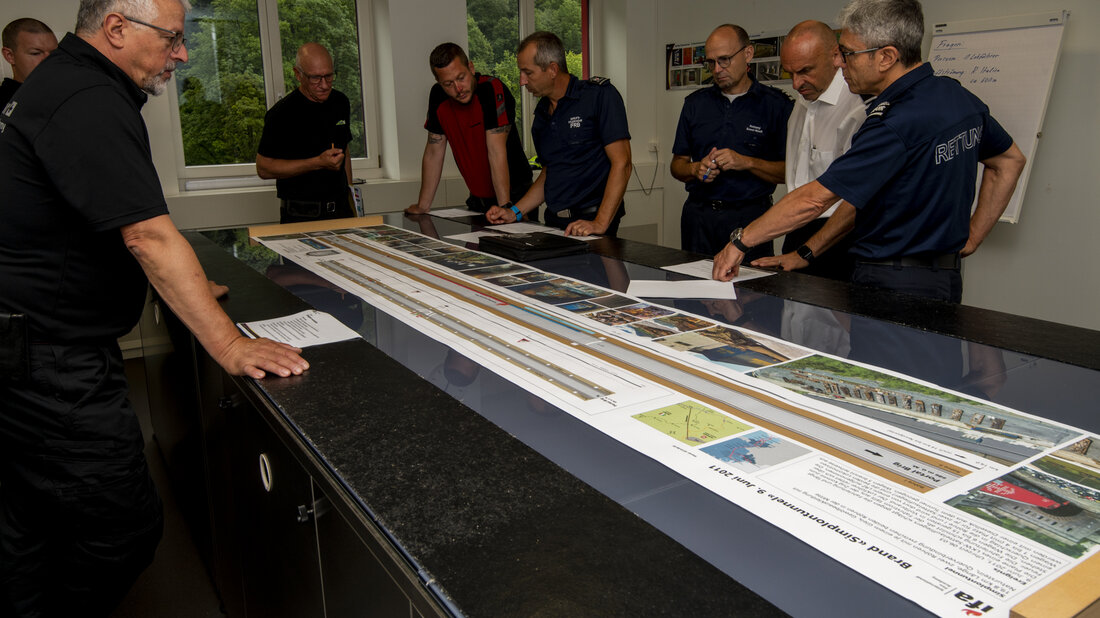
What are the biggest challenges in firefighting operations in railway tunnels?
Christian Brauner: Four major challenges were identified in the analysis phase. Rail tunnel portals are often more difficult for fire services to reach than road tunnel portals. The required penetration depths are considerably greater in railway tunnels. And, unlike in road tunnels, we have to expect unstable air currents in rail tunnels, we also have to consider sudden smoke reversal. In addition, there are specific hazards of rail systems. We have found good answers to many of these challenges. However, we have also identified clear operational limits, which must be respected. For example, fire services cannot walk for miles into a smoke-filled railway tunnel. Such tasks can only be accomplished with fire and rescue trains.
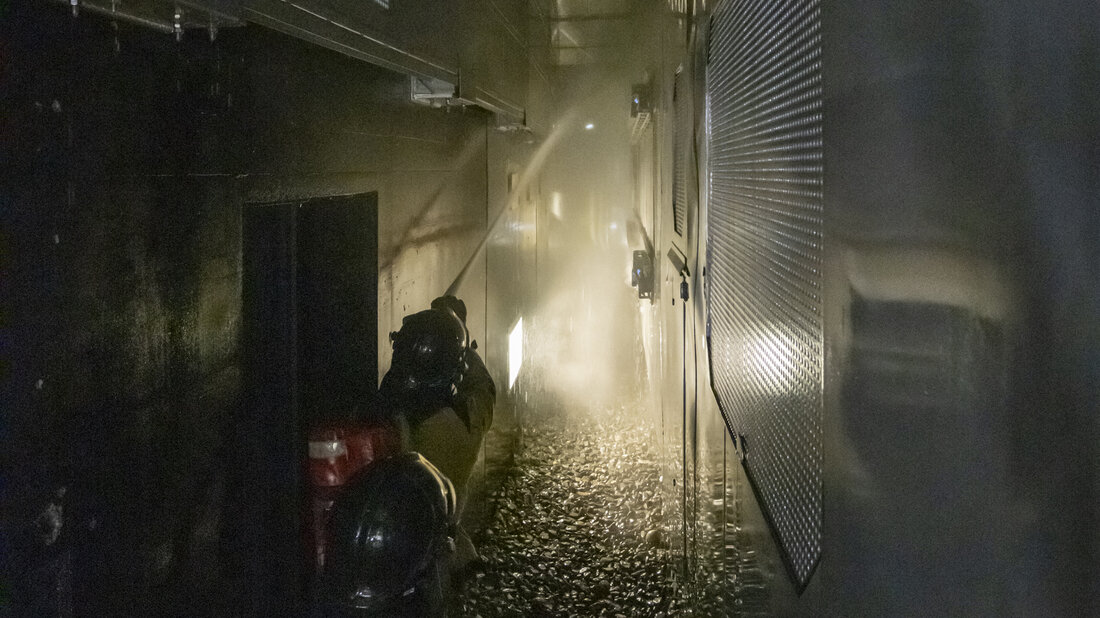
What were the challenges when it came to developing the Procedure into a book?
Christian Brauner: Thanks to the experience gained from the first volume, we were able to think about and design the second volume during the development of the Railway Tunnel Procedure. This has made the work much easier.
At the same time, aspiration has increased. We wanted to visualize as much information as possible. That's why we have taken photographs of all the major types of rail vehicles, for example. To do this, we had to look for places along railway lines and in front of tunnels that offer good visibility, good light and a suitable background - and then wait until the cars and trains that we wanted to photograph, came past. There is also a lot of effort in the graphics. What now - hopefully - seems very logical and simple is the result of long development processes with many versions. New additions include flow diagrams in the margin column, which clearly show central processes of deployments.
